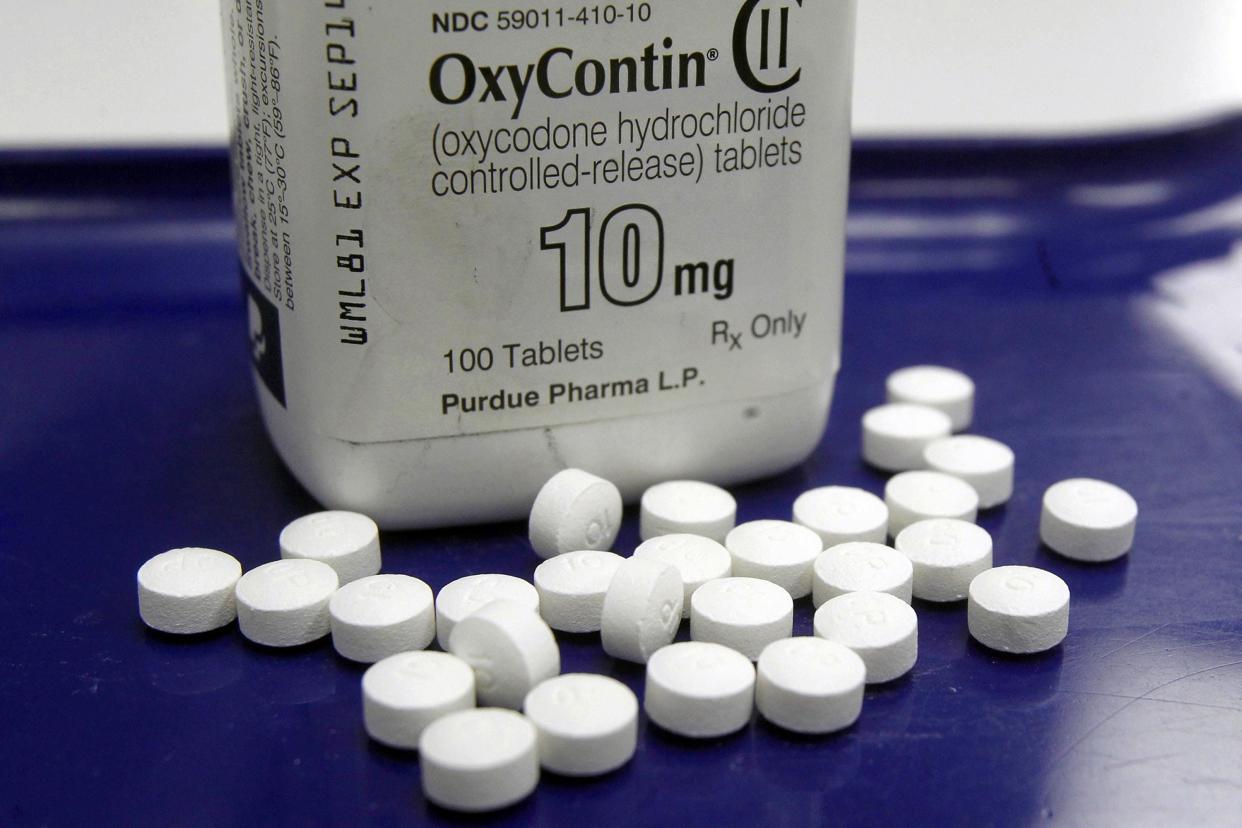How Cleveland County plans to spend millions in settlement money to combat opioid epidemic

Cleveland County leaders learned last year that the county would receive millions of dollars to combat the opioid epidemic thanks to an agreement spawned from a historic lawsuit.
Multi-state negotiations with the four companies responsible for manufacturing and distributing opioids – Cardinal, McKesson, AmerisourceBergen and Johnson & Johnson – led to the $26 billion national settlement.
That money is to be distributed to state and local governments around the nation.
North Carolina will receive $757 million, with Cleveland County’s cut totaling $7,212,520.
Since learning how the money would be distributed, the work began.
Here’s where Cleveland County stands now with the money it’s received and plans to get in the future:
Money already received
To date, Cleveland County has been allocated approximately $600,000 of these funds to support opioid work. Following the first couple of start-up years, they expect to receive around $320,000 annually to sustain those strategies through 2038.
“Of the funds we have been allocated to date, a spending plan for $250,000 has been presented to and approved by the Board of County Commissioners and NCDHHS,” Cleveland County Spokeswoman Karyn Owens shared in an email response to The Star.
Spending plan
Owens solicited answers from county and health officials. Here’s how they broke down the spending plan:
Establish a community navigator position that will support residents with opioid addiction to navigate the behavioral health system and connect to local resources. This position will also support community partners and healthcare providers in helping connect their clients and patients to needed resources.
Develop a community education campaign to raise awareness of the dangers of prescription opioid misuse and resources such as naloxone that are available in the community. The campaign will also include messaging to help reduce stigma associated with substance use disorder to help promote connection to care.
Provide training for local healthcare providers on safe prescribing practices, best practices for connecting patients with substance use disorder to local resources, and best practices for medication assisted treatment.
Support reimbursement stipends for local professionals to pursue behavioral health licensures to increase the community’s capacity to provide treatment and counseling for individuals with addictions.
Critical services
The strategies were developed after reviewing local and state data, studying preapproved high-impact opioid abatement strategies, meeting with local behavioral health providers and community partners to discuss challenges and opportunities, and hosting a community forum in which the scope of the problem was discussed and recommendations for strategies were solicited.
In the email response to The Star, county leaders said, "We continue to work with community partners to plan and prepare for the other approved strategies, with the goal of implementation by June 2024... The Cleveland County Board of Commissioners is committed to leveraging the opioid settlement funds to provide critical services and infrastructure to address the opioid use disorder in our community.”
This article originally appeared on The Gaston Gazette: How Cleveland County will spend opioid settlement money

